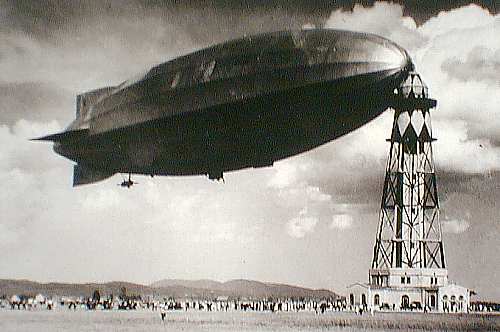The original question was: “In Kurt Vonnegut’s “Slapstick” there is talk of Earth’s gravity randomly changing, causing planes to fall out of the sky. Since planes fly because of air pressure variance between the top and bottom of the wings, would an increase in gravity really make them fall? The weight of air would increase by the same relative amount as the weight of the plane.”
Most plausible-ish answer so far: If gravity suddenly increased, yes, planes would fall out of the sky. When a plane is maintaining a constant altitude, the force of gravity and the force of lift are equal. If gravity were suddenly increased, there would no longer be an equilibrium, and the plane would drop. The plane would have to pick up speed to increase the lift to match the new level of gravity. Although air pressure does affect lift (the less air pressure, the faster you have to go to get the same lift), in this case I think the increase in air pressure and the increase in the weight of the plane would cancel each other out.
Physicist: They kinda do cancel out!
So, once gravity has been turned up, and the atmosphere has had a chance to equilibrate at a higher pressure and density (and get squished shorter), planes will still be able to fly (in theory). But if, for example, the gravity doubles, the planes will need to fly through double-density air to stay up (or fly about 41% faster). But in so doing, they’d experience double the drag.
Lift, L, is given by , where
is the air density, v is the velocity, and A and CL are constants that depend on the air craft. When a plane is flying it needs its Lift force to be greater than its weight. You may notice that your computer (or phone, or tablet, or whatever) isn’t flying right now. At best it’s falling. That’s because its lift force is zero.
Drag, which affects planes, cars, sleighs, or anything else that moves through air is given by (this equation applies well to things that are faster than snails, but slower than sound).
That being said, clearly planes can fly in air of different densities. The difference in densities between “cruising altitude” and sea level is about a factor of 4.
The problem is that, generally, the Drag and the Lift are proportional. You may have already noticed that the equations for Lift and Drag are practically the same: and
. CL and CD change a bit for different scenarios, but aside from that, for any particular aircraft, the equations are proportional.
So, if the gravity doubles, then the lift needs to double (because the plane weighs twice as much). The plane can do this by flying faster, or flying through denser air. But whichever method is used to double the lift, will also double the drag. The long and the short of it is: if gravity increases by some amount, then the amount of power required to keep the aircraft aloft will increase by the same amount. For example, 5 times gravity would require 5 times the power.
So while airplanes can fly in higher gravity, it may take more power than their engines can output to keep them in the air.








Pingback: Paris | Yep.